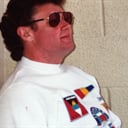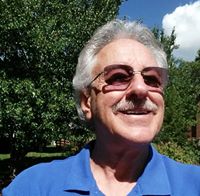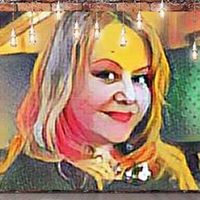Aristotelian believed that colour was a product resulting from a mixture of black and white. Who disproved this in 1666 with the prism experiments?
In 1666, Isaac Newton was a young scientist studying at Cambridge University in England. He was very interested in learning all about light and colors. One bright sunny day, Newton darkened his room and made a hole in his window shutter, allowing just one beam of sunlight to enter the room. He then took a glass prism and placed it in the sunbeam. The result was a spectacular multicolored band of light just like a rainbow. The multicolored band of light is called a color spectrum.
Newton believed that all the colors he saw were in the sunlight shining into his room. He thought he then should be able to combine the colors of the spectrum and make the light white again. To test this, he placed another prism upside-down in front of the first prism. He was right. The band of colors combined again into white sunlight. Newton was the first to prove that white light is made up of all the colors that we can see.
More Info:
micro.magnet.fsu.edu








